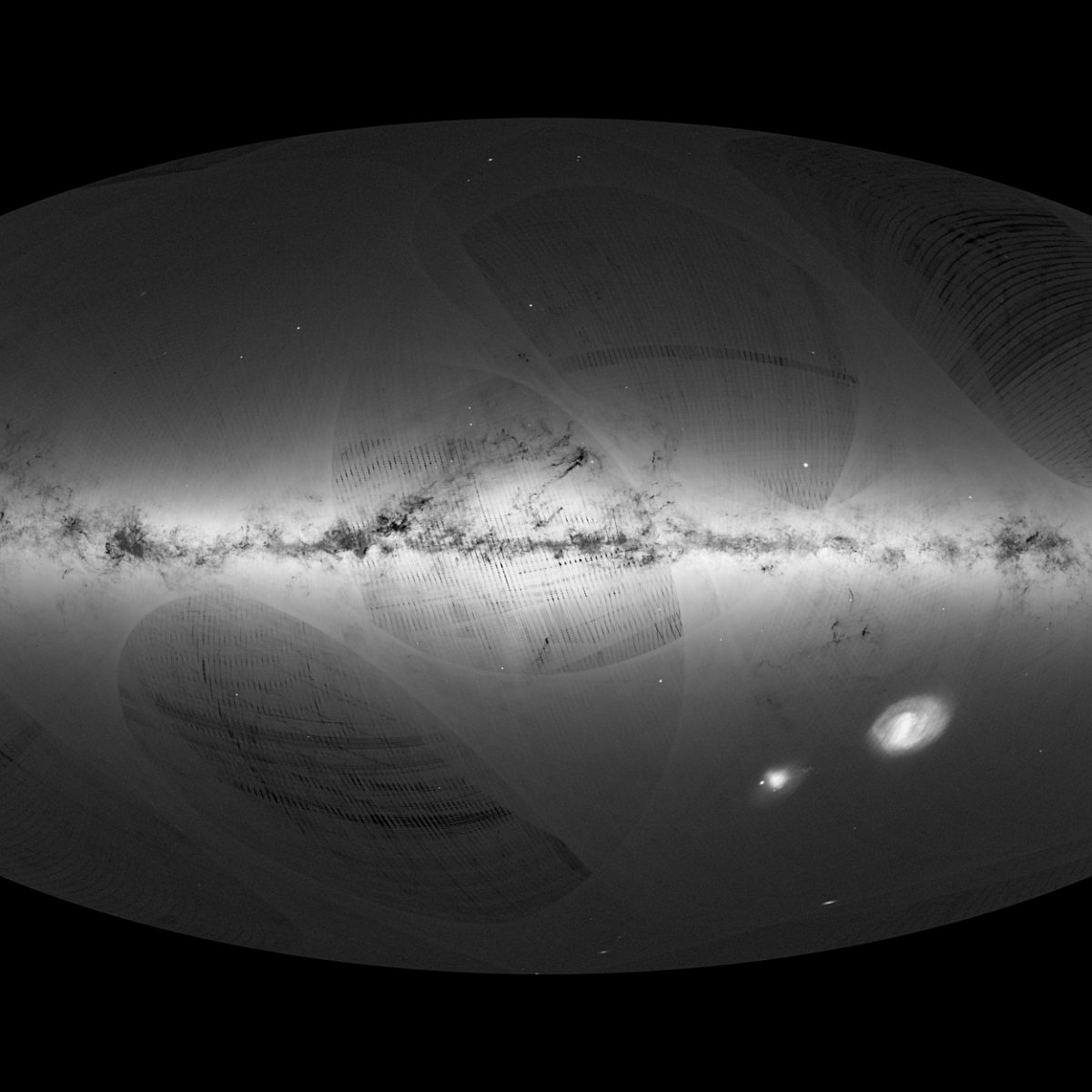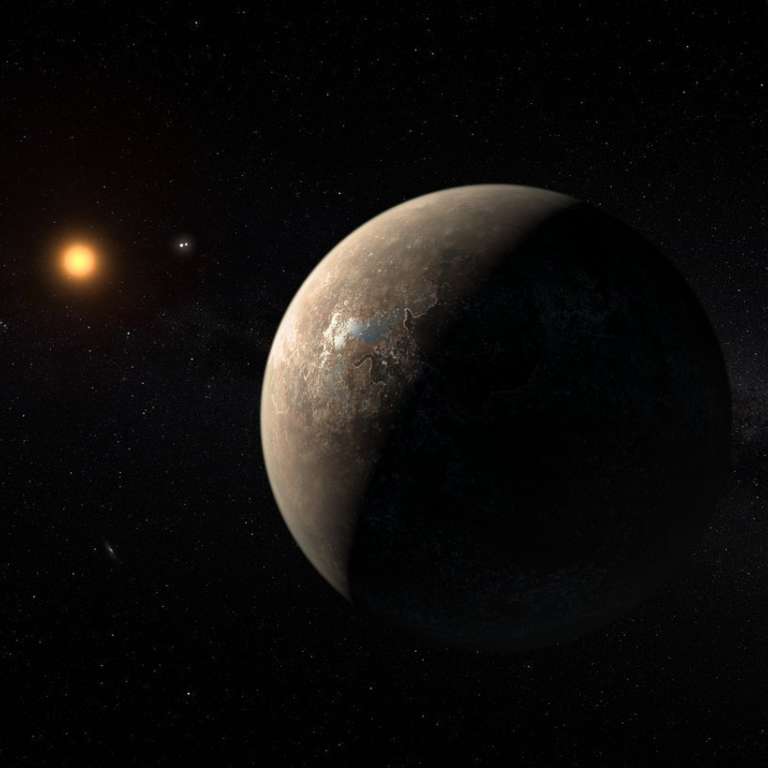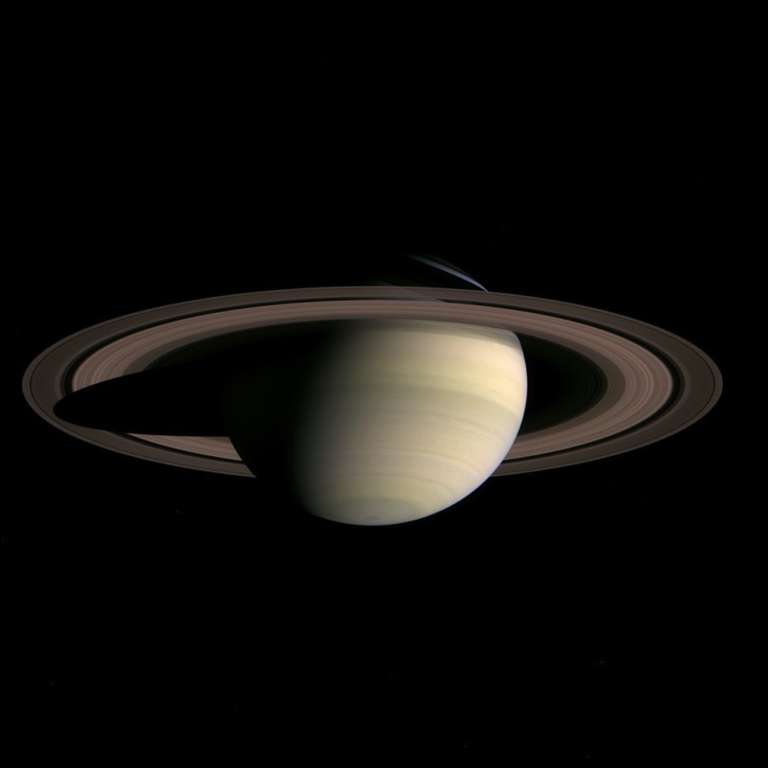All
All
Stories, updates, insights, and original analysis from The Planetary Society.
Gaia's first galaxy map
The astronomy world is abuzz today because of ESA's announcement of the first release of data from the Gaia mission. Gaia is a five-year mission that will eventually measure the positions and motions of billions of stars; this first data release includes positions for 1.1 billion of them, and proper motions for 2 million.
Let’s be careful about this “SETI” signal
Several readers have contacted me recently about reports that a group of international astronomers have detected a strong signal coming from a distant star that could be a sign of a high-technology civilization. Here’s my reaction: it’s interesting, but it’s definitely not the sign of an alien civilization—at least not yet.
Proxima Centauri b: Have we just found Earth’s cousin right on our doorstep?
What began as a tantalizing rumor has just become an astonishing fact. Today a group of thirty-one scientists announced the discovery of a terrestrial exoplanet orbiting Proxima Centauri. The discovery of this planet, Proxima Centauri b, is a huge breakthrough not just for astronomers but for all of us. Here’s why.
Gullies on Mars: Wet or Dry (Ice)?
Martian gullies were in the spotlight last week thanks to a NASA press release stating they were
Oppositions, conjunctions, seasons, and ring plane crossings of the giant planets
When are the solstices and equinoxes on the giant planets, and when are they best positioned for view from Earth? I ask these questions a lot as I write about Earth photos of giant planets, and I finally decided to gather the answers to those questions in a single post.
Atmospheric Waves Awareness: An Explainer
There are two types of atmospheric waves that are critically important on Earth and other planets: gravity waves and planetary waves.
Favorite Astro Plots #4: Classifying Exoplanets
Until just a few years ago, a plot of mass versus size of other worlds would have looked pretty sparse and uninformative. But thanks to the tireless efforts of exoplanet astronomers, we now know fairly precise masses and radii for hundreds of distant worlds.
Fog Detection from the Surface of Titan: New Findings From Old Data
Huygens may have landed on Titan over a decade ago, but a group of researchers from York University were able to make a new and unexpected discovery with this older dataset.
LPSC 2016: So. Much. Ceres.
At last week's Lunar and Planetary Science Conference, I enjoyed a large number of talks about Ceres. Now in its Low-Altitude Mapping Orbit, Dawn is showering scientists with high-resolution, color data.
Clouds and haze and dust, oh my!
What types of aerosols do we find in the atmospheres around the Solar System, and why does what we call them—clouds vs. haze vs. dust—matter? Sarah Hörst explains.
"Planet Nine" update: Possible resonances beyond the Kuiper belt?
A new paper by Renu Malhotra proposes that an undiscovered distant planet could have organized extremely distant Kuiper belt objects into orbital resonances.
xkcd: Possible Undiscovered Planets
Randall Munroe is a genius at disguising seriously educational infographics as funny jokes.
Theoretical evidence for an undiscovered super-Earth at the edge of our solar system
It's looking likelier that there is an undiscovered planet orbiting beyond the Kuiper belt. If it's there, it's roughly 10 times the mass of Earth (or about half the mass of Neptune), likely never gets closer to the Sun than about 100 AU, and takes more than 10,000 years to orbit the Sun.
Capturing the Rhythm of Space: Insights from 47th DPS Meeting
The Division of Planetary Science (DPS) Meeting saw many exciting scientific discussions spanning the range of processes on different planetary bodies, as well as their replication in the laboratory and in models.
It's your data: Curating NASA's science treasures
One of the great things about NASA is that all the data returned from all of the missions all over the solar system belong to you, the public. NASA shares all these data, and more, through the Planetary Data System, the Minor Planet Center, the Astromaterials Office, and the Astrogeology Science Center.
Pluto updates from AGU and DPS: Pretty pictures from a confusing world
Pluto is reluctant to give up its secrets. Last week at the American Geophysical Union meeting I attended sessions featuring results from the New Horizons mission, and most of the presentations could be summed up thusly: the data sets are terrific, but there are still a lot of Pluto features that have scientists scratching their heads.
Curiosity stories from AGU: The fortuitous find of a puzzling mineral on Mars, and a gap in Gale's history
Yesterday at the American Geophysical Union meeting, the Curiosity science team announced the discovery of a mineral never before found on Mars. The finding was the result of a fortuitous series of events, but as long as Curiosity's instruments continue to function well, it's the kind of discovery that Curiosity should now be able to repeat.
Favorite Astro Plots #3: The rate of lunar cratering
The third entry in my series of blog posts about Favorite Astro Plots contains one of the biggest discoveries from the Apollo program -- as well as one of the biggest questions in planetary science. The chart was nominated by planetary scientist Barbara Cohen. It has to do with the ages of surfaces on the Moon.
Detecting Dust Devils with Insight
Planetary scientist and dust devil expert Ralph Lorenz describes how the upcoming Mars InSight lander's sensitive seismometer might be able to detect dust devils.
DPS 2015: Pluto's small moons Styx, Nix, Kerberos, and Hydra [UPDATED]
For my first post on results from the Division for Planetary Sciences meeting, I'm going to tell you about Pluto's small moons: Styx, Nix, Kerberos, and Hydra, their bright colors and wacky rotation states.


 Explore Worlds
Explore Worlds Find Life
Find Life Defend Earth
Defend Earth


 Sun
Sun Mercury
Mercury Venus
Venus Earth
Earth Mars
Mars Jupiter
Jupiter Saturn
Saturn Uranus
Uranus Neptune
Neptune Small Bodies
Small Bodies

















